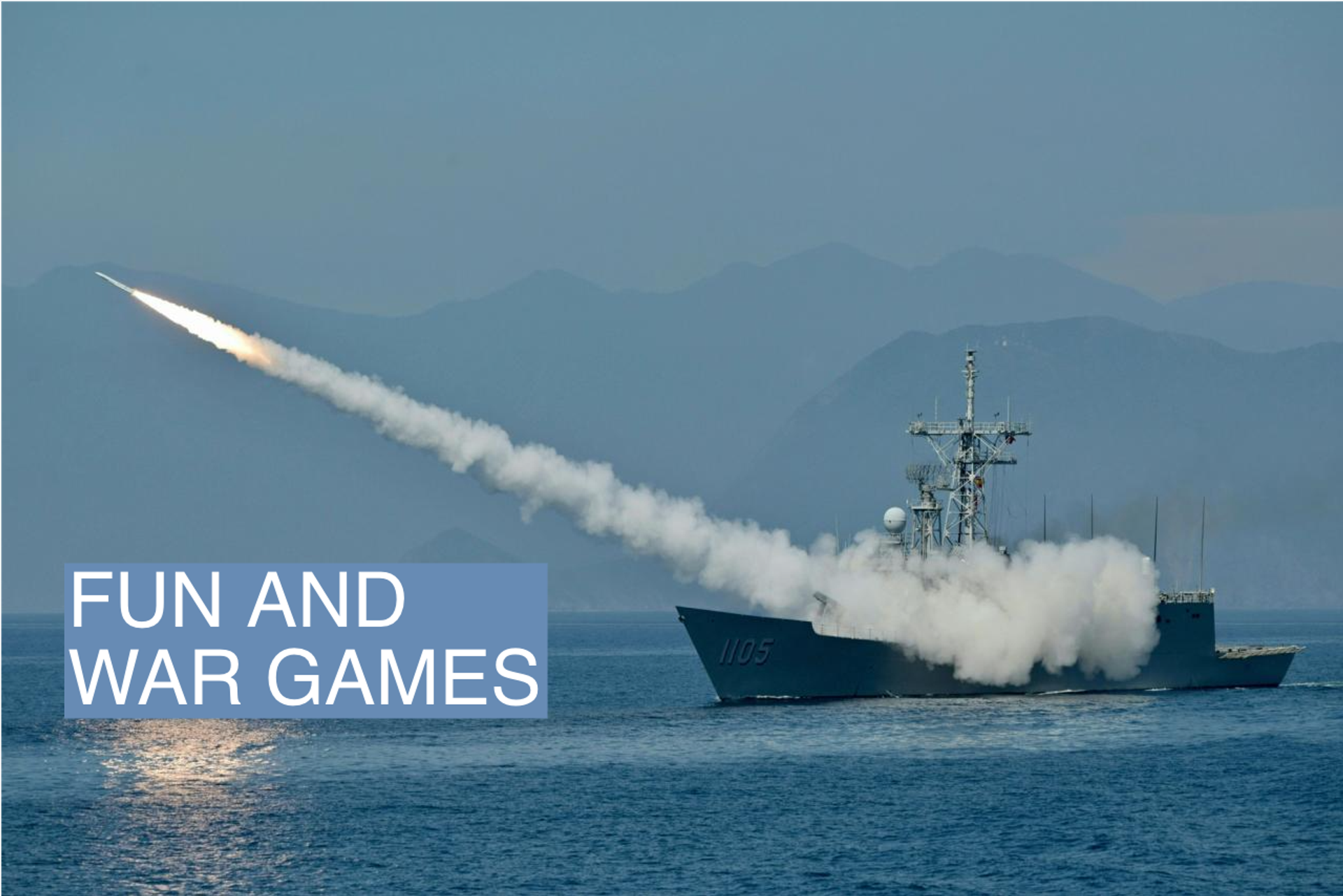The News
The top military brass in Washington and Beijing aren’t talking, fueling fears about possible miscalculations in a region littered with security hotspots.
Senior U.S. officials say there has been no direct contact between the American and Chinese military commands for at least 18 months, despite efforts to revive a hotline that would let the two sides head off conflict by communicating in times of potential crisis.
The lack of direct communication between U.S and Chinese military leaders is a longstanding issue. But American officials are becoming more vocal about their concerns as relations between the countries deteriorate and the potential for military confrontations multiply.
U.S. Defense Secretary Lloyd Austin attempted, unsuccessfully, to reach his Chinese counterpart following the downing of Beijing’s spy balloon, the Pentagon told reporters in February. Meanwhile, the commander of U.S. military forces in the Indo-Pacific region, Admiral John Aquilino, said last month that he’s tried to make contact with his People’s Liberation Army counterparts every month for a year and half, but they simply don’t reply.
He specifically sought to talk to the Chinese generals who command forces in the Taiwan Strait and the South China Sea, two areas of potential conflict. He noted that he’s in regular contact with other Asian military commands and “is hoping to have the same option” with the PLA.
Kurt Campbell, the White House’s point man on Indo-Pacific relations, said in a discussion last week that the White House still intends “to keep those lines of communication open” and that “it’s the responsible thing to do.”
In this article:
Know More
The timing of Campbell’s comments probably isn’t a coincidence: They came shortly after China’s acting ambassador to Washington, Xu Xueyuan, warned that Taiwanese President Tsai Ing-wen’s visit to the U.S., during which she’s expected to meet House Speaker Kevin McCarthy, could lead to another “serious confrontation in the China-U.S. relationship.”
After McCarthy’s predecessor Nancy Pelosi visited Taipei last August, China launched missiles over the island, simulated a blockade, and moved warships into the Taiwan Strait. Those sorts of displays of power and intense military exercises that blur the lines between real and practice aggression have become regular occurrences in the Pacific, with China and the U.S. both engaging in wargames.
In addition to the patrols of the South China Sea, the Pentagon has been staging more than 100 military exercises a year in the Indo-Pacific region, according to U.S. defense officials. These include wargames in Thailand, the Philippines, and South Korea. The Biden administration is committed to increasing this training.
Without a communication line between the two countries, it’s possible that a drill could create confusion that sets off an incident.
Jay’s view
U.S. administrations under both parties, Republican and Democrat, have been attempting for decades to establish a reliable military-to-military hotline with China to manage security crises. Washington and Moscow maintained one during the Cold War, primarily to guard against unintentional nuclear exchanges.
Former U.S. President Barack Obama and other U.S. leaders signed agreements with China to establish, in theory, such a hotline, but they’ve never taken hold. Technically, a line exists between the Pentagon and the People’s Liberation Army’s command — but the Chinese simply don’t answer it.
Beijing, according to current and former U.S. officials, sees such mechanisms as potentially legitimizing the presence of American military vessels and aircraft near China’s borders, and prefers to keep its intentions ambiguous. During times of tension and distrust, the PLA prefers to keep the Pentagon at a distance, say these officials, despite the potential for miscalculation.
American officials appeared to have hopes that communication with Beijing would improve after U.S. President Joe Biden’s November meeting with Chinese leader Xi Jinping in Bali, during which the two sides attempted to hit reset on their spiraling relationship. Defense Secretary Austin also met his Chinese counterpart in Indonesia. But the Chinese argue that Biden has failed to honor the terms laid out there.
“Whether China-U.S. relations can quickly get back onto the right track of implementing the common understandings of the Bali meeting depends on the words and deeds of the U.S. side for the next stage,” Beijing’s acting ambassador, Xu Xueyuan, said last week. She pointed to Biden’s decision to shoot down China’s balloon as one particular point of tension.
Room for Disagreement
American officials tend to portray themselves as the responsible party attempting to prevent the U.S.-China rivalry from spiraling in dangerous directions. But some China hands argue Washington deserves more blame for the dysfunction thanks to its increasingly overt embrace of Taiwan and a military buildup in the Indo-Pacific that is feeding Xi’s fears that the U.S. is seeking to encircle China.
“Although both sides are to blame for this process, the United States is arguably the most dangerous driver of potential conflict,” writes the China scholar Michael Swaine of the Quincy Institute.
Notable
- Xi Jinping is talking of war, and the West should listen, John Pomfret and the Trump administration’s point man on Asia, Matt Pottinger, write in Foreign Affairs this month.
- Before 9/11, George W. Bush’s biggest foreign policy crisis was the collision between a Chinese jet and an American spy plane. Its pilot wrote a book about the almost forgotten U.S.-China showdown.
